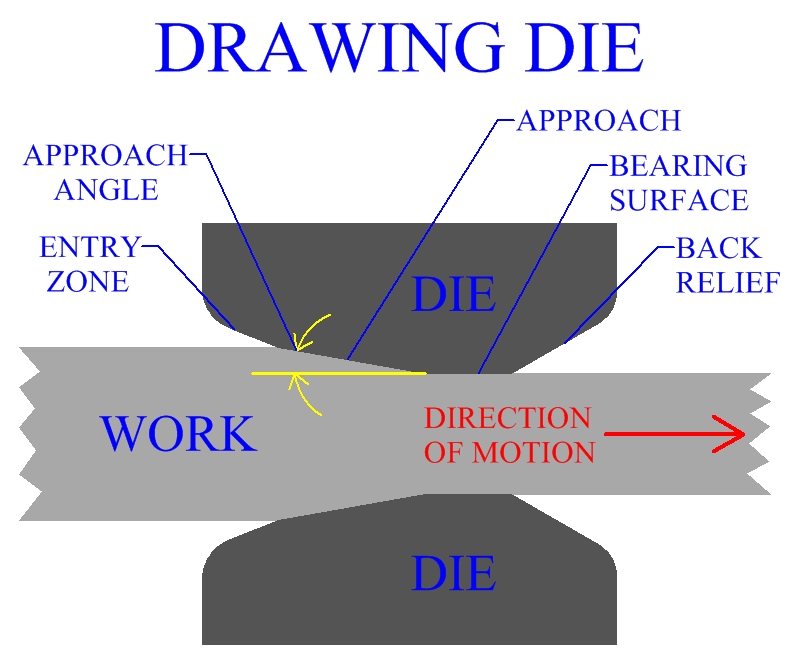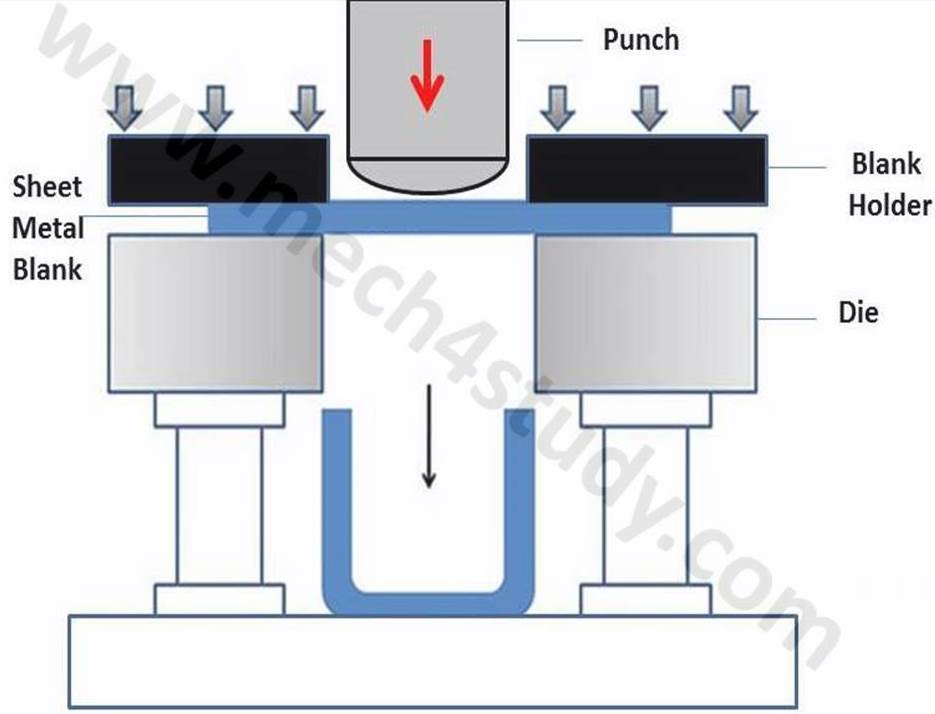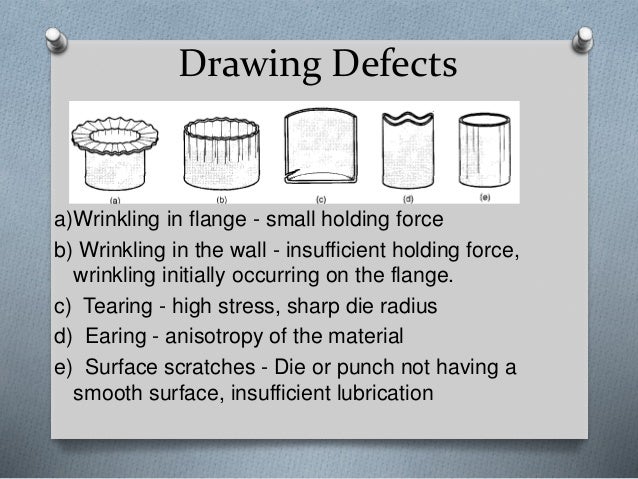Defects In Sheet Metal Drawing

This defect is caused by the anisotropy of the sheet metal.
Defects in sheet metal drawing. This defect is caused by non uniform yielding of metal due to non uniform forces. The flange of the blank undergoes radial drawing stress and tangential compressive stress during the stamping process which sometimes results in wrinkles. Causes of these are mostly too high or improper force distribution and material considerations. Rebond team of expert engineers rely on their professional knowledge and extensive experience to perform comprehensive analysis of following 6 common defects in sheet metal forming.
Excessive thinning in areas of the sheet metal is also an unwanted defect. Surface quality plays a very important role in sheet metal forming parts. This defect is caused by improper punch die clearance and poor lubrication. Excessive thinning thickening of the sheet during forming.
Tearing is one of the most common defects. One of the primary defects that occurs in deep drawing operations is the wrinkling of sheet metal material generally in the wall or flange of the part. Defects in drawing process. Figure a wrinkling in the flange or b in the wall c tearing d earing e surface scratches basic press working operation sheet metal working is also a metal forming operation where the material being worked is in the form of sheets the working is usually at room temperature.
Wrinkles splits and springback are the three most common defects encountered during sheet metal stamping. Defects that occur during deep drawing of sheet metal can be controlled by careful regulation of process factors. Incorrect blank shape and or size.












































